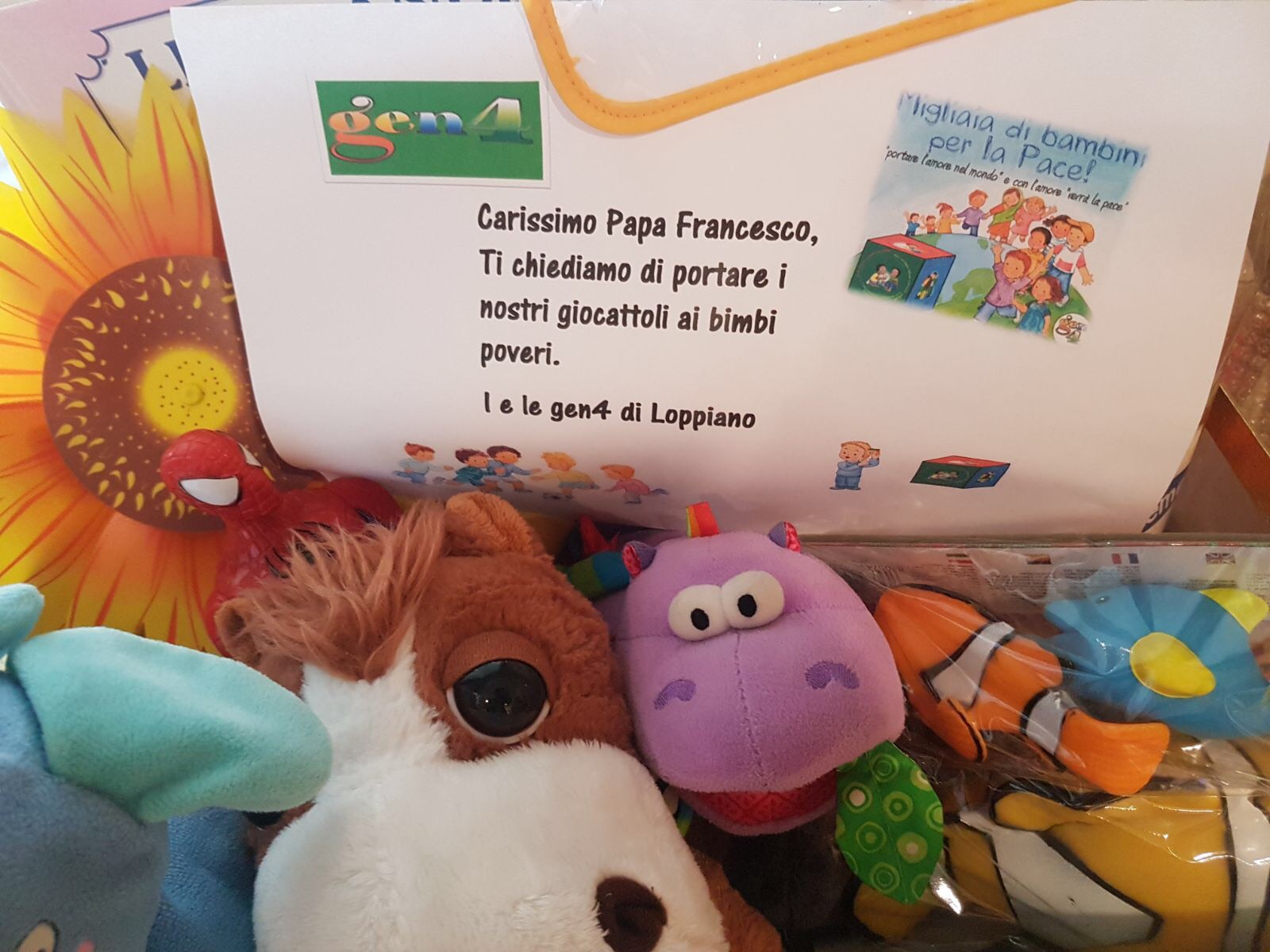Pope Francis will be the first Pontiff to visit the town of Loppiano. On May 10, 2018, he will go in person to Tuscany to see how the first international center of the Focolare Movement lives and functions. The announcement of Francis’ visit was published on February 2, 2018. In the meantime, on March 14, the 10th anniversary was observed of the death of Chiara Lubich, whose diocesan phase of beatification is underway.
Chiara Lubich was born in Trento, Italy, in 1920, to a family that was not well-to-do. Her father, a Socialist, lost his job because of his ideas. Silvia, her true baptismal name, was a very young elementary school teacher, when the horrors of World War II struck her city. In the air-raid shelters, under the Anglo-American bombs, Chiara discovered the singular vocation to consecrate her life to the Gospel and to the ideal of the unity of the human family.
On December 7, 1943, Chiara pronounced her ‘yes’ to God for ever, with a vow of chastity, in the small church of the Capuchins – a date that marks conventionally the birth of the Focolare Movement. It was the people of Trento themselves who so named the first group of young people that gathered around Chiara’s charism, set on fire with evangelical love. And, in 1947, the Bishop of Trento, Monsignor De Ferrari gave his approval. A meeting, which turned out to be decisive, was that with politician, writer and pioneer of ecumenism Igino Giordani, whose cause of beatification is underway at the Vatican Congregation for the Causes of Saints. For his contribution in embodying the spirituality of unity in the social realm, Giordani is considered the Co-Founder of the Movement, which spread rapidly from Trento to Italy and abroad. The Holy See’s first recognition of the Movement dates back to 1962. Two years later, Paul VI received Chiara in audience, the first of innumerable meetings that followed with Popes Paul VI, John Paul II and Benedict XVI and different realities of the Movement.
Mary’s Work, its official name, is such a composite and vital reality that it’s not easy to describe. It’s present in 182 countries, with 110,000 members and 2 million adherents and sympathizers, in addition to many millions more whose life was touched by the Focolare experience, in the context of an historic phase, the second half of the 20th century, in which the Church has witnessed the unexpected and overwhelming emergence of Ecclesial Movements. The charisms are diverse, namely, the ways, methods, operating realms, to say nothing of their reasons for being: to awaken vocations to the priesthood and to consecrated life, to develop programs and activities of the local Churches, to foment a Christian presence in the different environments of society, and to bring the indifferent and non-baptized to the faith.
The first characteristic of the Focolare Movement is the pursuit of the ideal of unity in the Church, in society, and the dialogue between peoples and religions. With the passing of time, the Movement has ramified in aggregations dedicated to the family, to society, to young people and to ecclesial life. Moreover, there are 25 such towns born worldwide on the model of Loppiano.
According to Pope Francis, Loppiano “is a school of life, in which there is only one teacher: Jesus. It’s a school of life to make the world hope again, to witness that the Gospel is truly the leaven and salt of the new Civilization of Love” (Video-Message for the 50th Anniversary of the Foundation of the Town of Loppiano, September 4, 2014).
The town is in the municipality of Incisa Val d’Arno, in the Tuscan countryside, not far from Florence. The story begins in 1964, not accidentally during Vatican Council II. Today the town has become home to almost 1,000 persons of every age, race, social extraction and religion. In addition, every year it welcomes thousands of visitors. Moreover, Loppiano is the headquarters of an agricultural cooperative and of an entrepreneurial ensemble of 25 companies operating according to the principles of fraternity and solidarity. In 2004 the Shrine of Mary Theotokos was erected, which also houses an ecumenical Chapel in the Sophia University Institute. Following from the experience of Loppiano, there are an additional 24 towns worldwide.
Francis will go to Loppiano for two brief but intense hours: first on the program is a prayer to the Theotokos, then an address in response to the questions of some of those present. “We want to have the Pope know this small city, which hopes to offer the world a model of coexistence based on evangelical principles, a model that is certainly unique but exportable everywhere,” said Maria Voce, who has picked up Chiara Lubich’s legacy at the head of the Focolares, now spread throughout the world.
The photos here are Zenit photos of the sanctuary and the gifts the town has prepared for the Pope. On the card accompanying the children’s toys, the little ones have written: «Dear Pope Francis, we ask you to bring our toys to poor children.»





Zenit Photo -DCL
FEATURE: Gospel’s Stronghold Welcomes Pope Francis
Who Was Chiara Lubich, Founder of the Focolare Movement?


